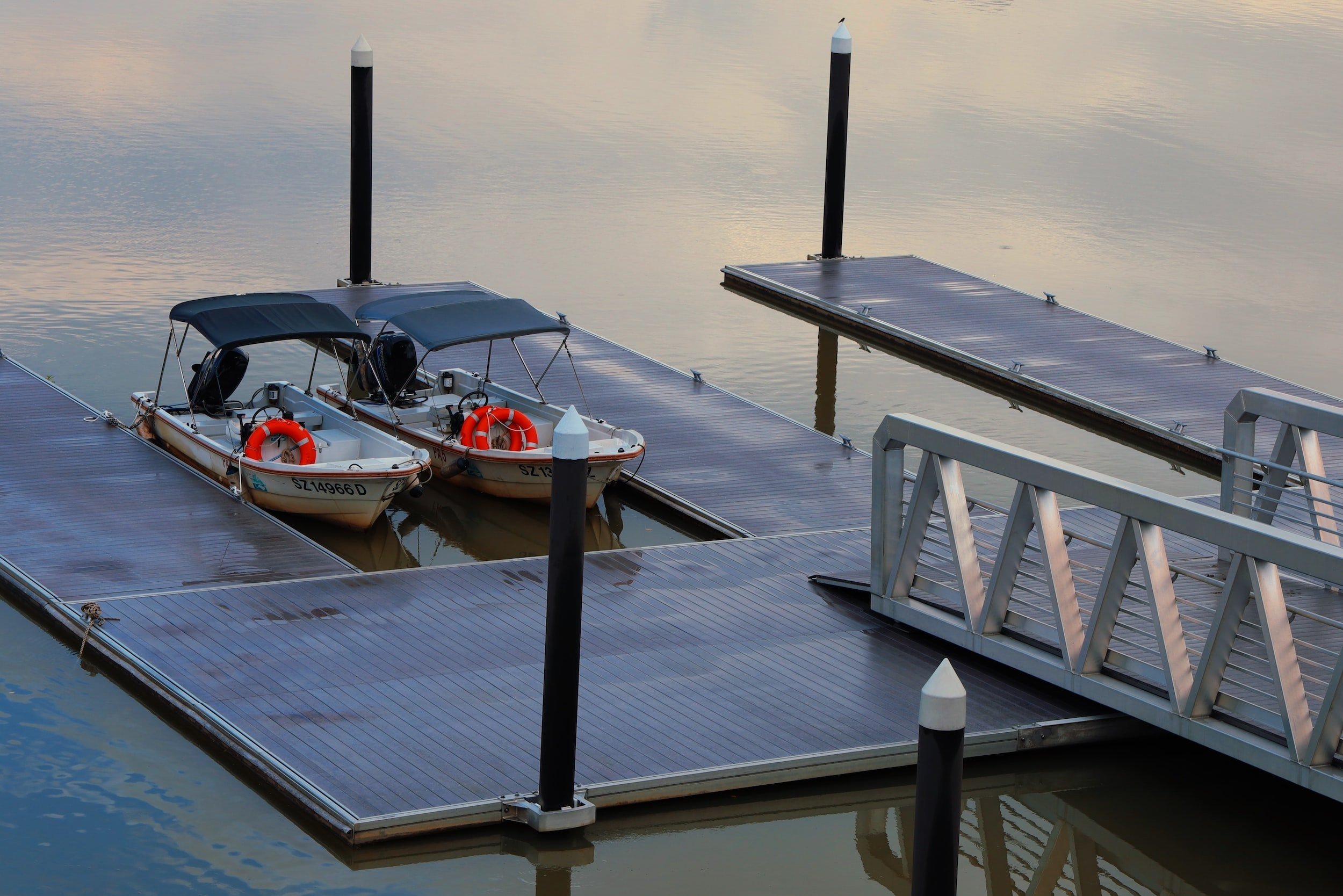How to Select the Right Service for Your Dock Repairs
How to Select the Right Service for Your Dock Repairs
Blog Article
Reliable Dock Fixing Techniques: Guaranteeing Structural Honesty
Guaranteeing the structural integrity of docks with effective repair service techniques is vital for the durability and safety of marine facilities. Subsequently, selecting the appropriate repair service products, such as corrosion-resistant alloys and composite products, is crucial for longevity.
Assessing Dock Damage
Evaluating dock damage is a critical first step in making certain the structural integrity and security of any kind of docking center. This preliminary assessment includes a comprehensive assessment to identify both visible and surprise problems. Key aspects to examine include the dock's structure, pilings, decking, and hardware. Each element needs to be inspected for indications of wear, rot, rust, or other forms of degradation that could endanger the architectural honesty.
Structural designers or certified examiners generally execute these evaluations using specialized tools and methods. Underwater assessments may employ finder devices or remotely ran automobiles (ROVs) to spot submerged damages. Above water, aesthetic evaluations are complemented by utilizing moisture meters and various other diagnostic devices to reveal underlying issues not promptly visible to the naked eye.

Picking Repair Work Products
Choosing the appropriate repair work materials is a crucial step in the dock repair process, one that straight affects the durability and performance of the fixed framework. Product selection must be driven by elements such as environmental problems, load-bearing needs, and compatibility with existing dock elements.
Along with timber, composite materials are progressively popular due to their longevity and reduced maintenance requirements. Compounds, generally made from a mix of plastic and timber fibers, provide excellent resistance to rot, pests, and UV damage. For metal anchors, choosing corrosion-resistant alloys such as galvanized steel or marine-grade light weight aluminum is essential to prevent rust and make sure structural stability in saline water problems.
Epoxy materials and marine-grade sealers are crucial for fixing cracks and sealing joints, giving a waterproof barrier and boosting the dock's general toughness. By carefully picking top notch materials, dock repair work can accomplish lasting outcomes, consequently securing against future destruction and guaranteeing risk-free, reputable use.
Architectural Reinforcement Methods
Effective architectural reinforcement strategies are important in ensuring the stability and longevity of dock repair work. This approach is especially effective for docks exposed to heavy loads or extreme ecological problems.
An additional necessary strategy is the application of fiber-reinforced polymers (FRP) These products offer high strength-to-weight ratios and exceptional resistance to corrosion, making them ideal for enhancing wooden or concrete docks. FRP can be applied in strips or sheets and adhered with epoxy resins to boost structural honesty.
Supporting and anchoring systems likewise play a vital function in architectural support. Cross-bracing, utilizing steel or wooden beam of lights, can combat side pressures, lowering guiding and movement. Anchoring systems, such as helical piers or driven piles, supply a secure foundation by transferring lots to much deeper, much more stable soil layers.
Last but not least, the combination of load-distribution plates can aid disperse weight much more equally across the dock's surface area, reducing localized stress points. These methods collectively ensure that anchors continue to be risk-free and robust, with the ability of enduring the roughness of their operational setting.
Advanced Repair Approaches

Another advanced technique involves underwater welding, which enables repair work to be performed without the requirement to dewater the location. This technique is particularly helpful for attending to structural problems in submerged dock elements, guaranteeing very little interruption to procedures. Improved welding strategies, combined with robotic systems, deliver accuracy and dependability, thus expanding the lifespan of the dock.
In addition, cathodic protection systems are carried out to avoid corrosion in metallic dock structures. By utilizing sacrificial visit the site anodes or pleased current systems, these techniques efficiently mitigate the electrochemical procedures that lead to product deterioration.
Finally, advanced tracking modern technologies, such as structural wellness tracking (SHM) systems, offer real-time data on the condition of dock structures. These systems enable proactive upkeep and timely interventions, eventually making certain the long-lasting structural honesty of the dock.
Maintenance and Avoidance
Maintenance and prevention are basic concepts that underpin the long life and safety and security of dock frameworks. Regular evaluations are paramount, enabling very early discovery of wear and tear, prospective weak points, and environmental effects. An aggressive technique, involving routine look for rust, rot, and structural changes, minimizes pricey repair work and lengthens the dock's operational life.
Safety nets need to include applying protective finishes to steel parts to defend against corrosion and using treated wood to resist decay. Furthermore, making certain appropriate drain and air flow can stop water build-up, which is an usual reason of architectural destruction. Incorporating quality products and sticking to manufacturer standards throughout construction and repair work phases additionally play vital duties in boosting resilience.

Training personnel in dock maintenance finest methods makes sure constant application of preventive procedures. Leveraging technical breakthroughs, such as drones for inspections and sensors for real-time monitoring, can better improve upkeep efforts. By prioritizing upkeep and avoidance, dock proprietors can guarantee architectural stability, operational security, and economical management over the dock's lifespan.
Verdict
In final thought, keeping the structural integrity of marine facilities demands detailed dock repair techniques. Advanced repair work techniques, coupled with regular upkeep techniques, make sure the dock stays safe and operational under diverse environmental problems.
Making sure the architectural stability of docks with effective repair service strategies is vital for the long life and safety and security of aquatic facilities.Picking the appropriate fixing materials is an essential step in the dock reconstruction process, one that directly influences the longevity and performance of the fixed framework.Effective structural reinforcement techniques are vital in ensuring the stability and durability of dock repair work. By prioritizing maintenance and prevention, dock owners can ensure architectural integrity, functional safety and security, and cost-effective management over the dock's life expectancy.
In final thought, keeping the architectural stability of aquatic centers requires detailed dock repair work strategies.
Report this page